
Fences
Many people assume they can add something as straightforward as a new fence without a permit. In some cities, that’s true. However, municipalities require permitting and pre-build evaluations before starting work.
Some specify requirements about height, material or aesthetics of the fence. Others simply want to make sure that the fence posts are seated properly.
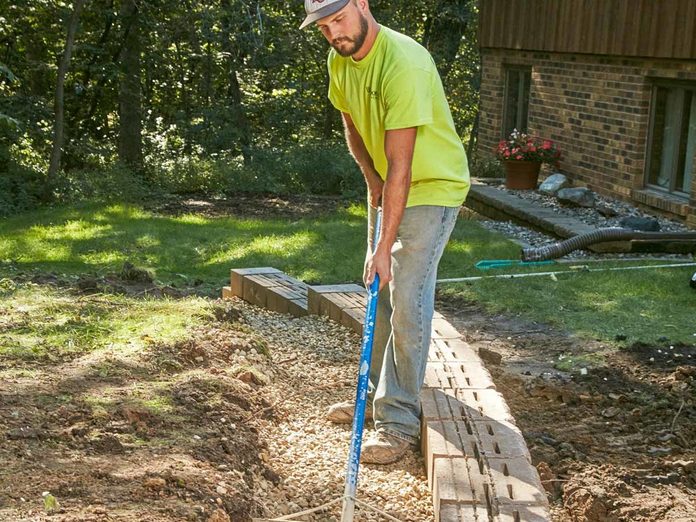
Retaining Walls
Like fences, a retaining wall can often be built simply. Many DIYers can set up a retaining wall over a weekend. But some municipalities require pulling a permit for any hardscaping over a certain size.
The inspector often looks for water drainage planning to assure you won’t flood your neighbor’s yard or set yourself up for a collapse down the road.
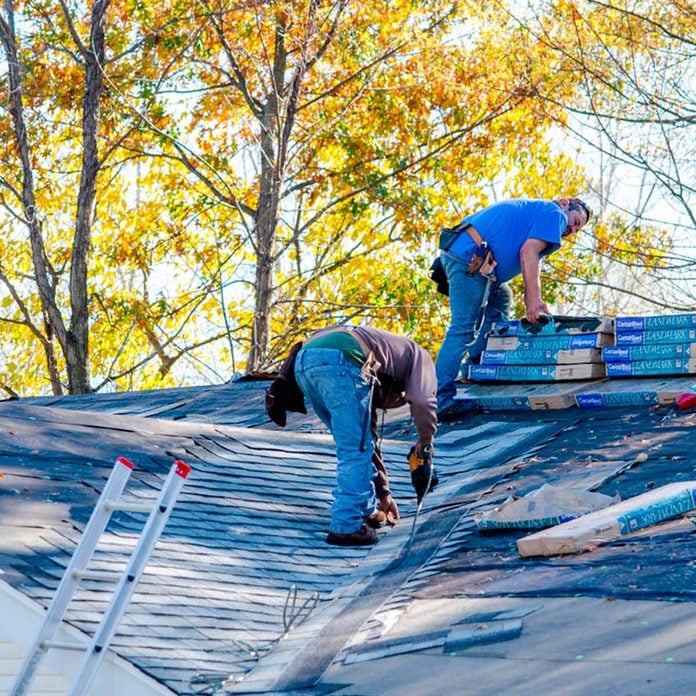
Roofing
Many locations require permits for new roofs, and some even require one for patches bigger than a certain size. You’d better pull the required permit for this job, because a municipal inspector can easily spot roofing work from the street!
Checking in with your building department before you begin might save you a lot of aggravation later.
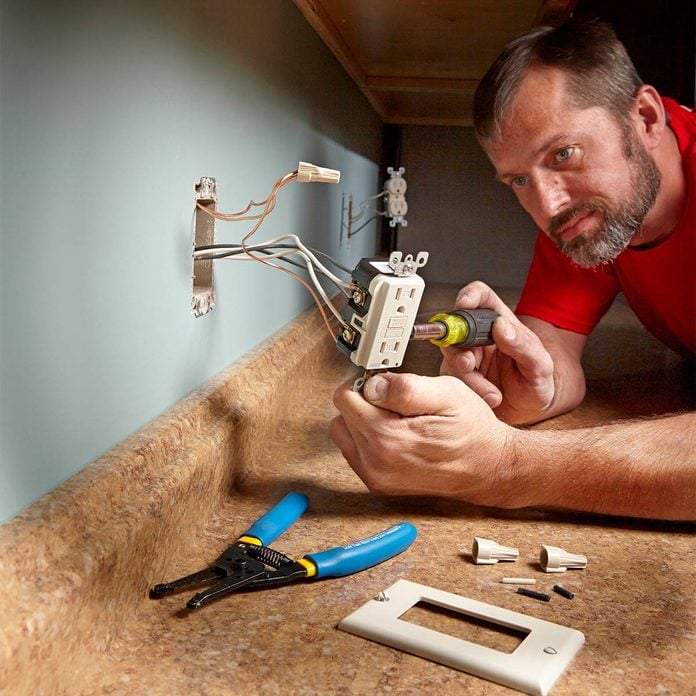
Adding Electrical Outlets
Permit requirements stipulated by stringent municipalities often surprise DIYers doing basic wiring. Even in states that permit homeowners to work on their homes, you oftentimes must still pull a permit. In general, any electrical work behind the drywall requires a permit.
Take adding an outlet. Although it’s not terribly complicated and many DIYers can do it, it may be illegal without a permit. If you put yourself in the building department’s shoes, you really can’t blame them. After all, if there’s an electrical fire, all eyes will be on them.
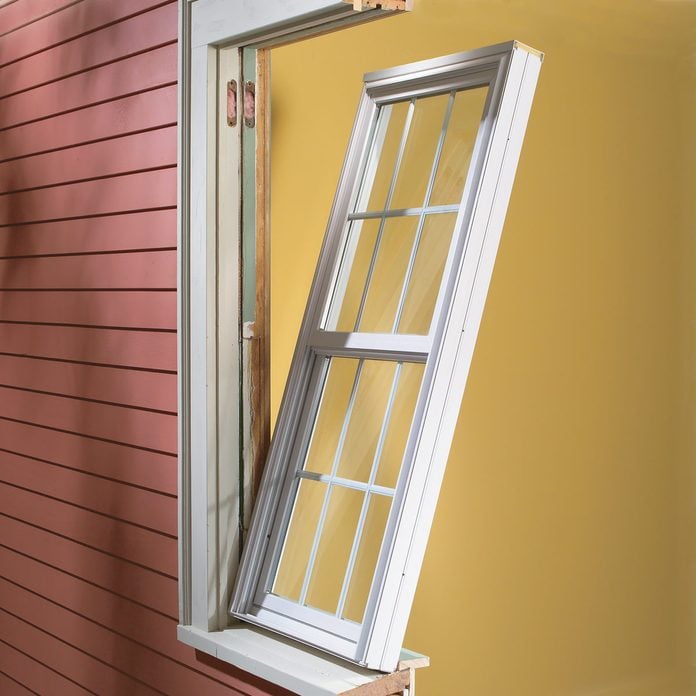
Window and Door Replacement
Adding a new residential window or exterior door where there wasn’t one before almost always requires a permit. But did you know some municipalities require a permit for a straight replacement as well?
Many building departments simply require the replacement matches the dimensions of the existing door or window, while others insist on a specific look or material match. Just like roofing, this is another highly visible area on your home, so pull the necessary paperwork before you start.
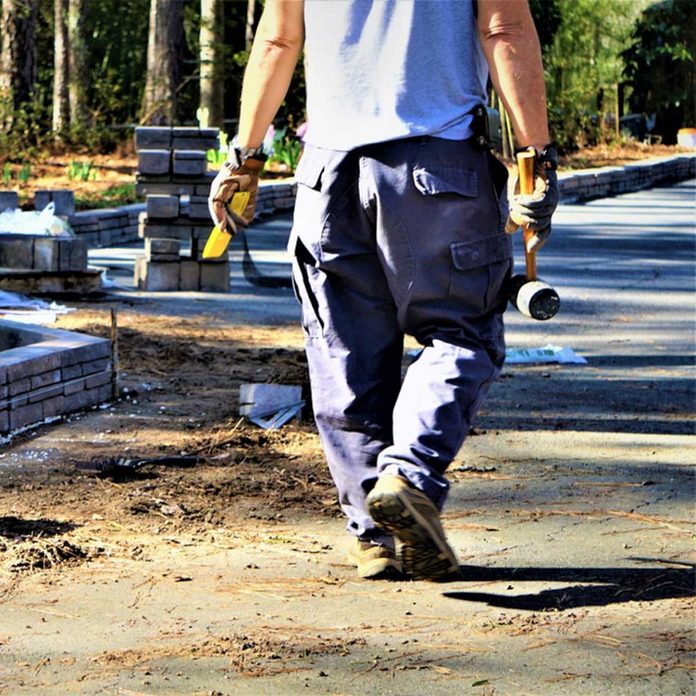
Work in the Right-of-Way
Work in the public right-of-way often requires a permit, to make sure that you’re not intruding on city or other residential property. This includes anything involving a sidewalk cut, or possible obstruction of a public alley or roadway.
Even if the finished product stays within your property boundaries and becomes your responsibility to maintain, modifying or tying up public space during construction usually requires a street-use permit.

Easement Work
Your house does not exist in a bubble! Like a project encroaching on the right-of-way, a project involving the easement (the section around your property that can legally be crossed or used for another purpose) often requires a permit. This ensures you aren’t building directly on top of your neighbor’s property and reserves sufficient room for city utility service.
Some municipalities require surveys before work is done within a certain distance of your property line. Others will let you by with the most recent survey on record.
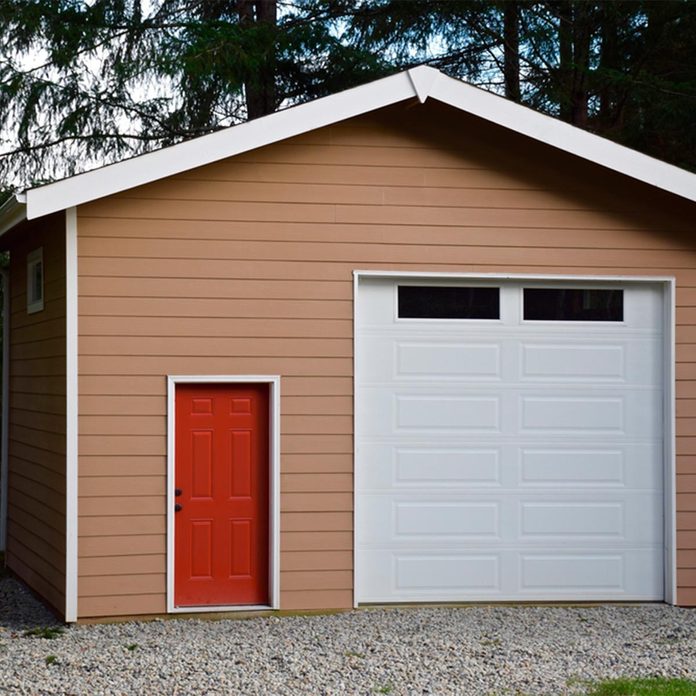
Sheds
Sheds and outbuildings are usually simple structures. Many municipalities allow construction without a permit if they within certain guidelines for height, footprint and distance from property lines.
If you decide to run utilities like water and electricity to your shed, a permit becomes more likely. Depending on the climate where you live and the amount of frost-driven ground heave, requirements for footers or other foundation aspects may exist.

Soil Grading
You’ve probably noticed many of these permit projects involve exterior work. Sometimes exterior work feels more like fun than actual renovation. A great example of this: Changing the grading of your property.
Again, the scope of the work makes a difference. If you spread soil along the side of your home to prevent a damp basement, you’re probably fine. However, if you bring in a truckload of soil to elevate a section of your yard, you’re more likely to run into permit issues. This is particularly true if all that diverted rainwater runs toward your neighbor’s basement.
Permits for projects like grading are usually easy to obtain. At most, they require a sketch so that city engineers can make sure your plan doesn’t create a bigger problem than the one you’re solving. As always, play it safe and check to see if a permit is required before starting work. And always call to have underground utilities marked before you dig.
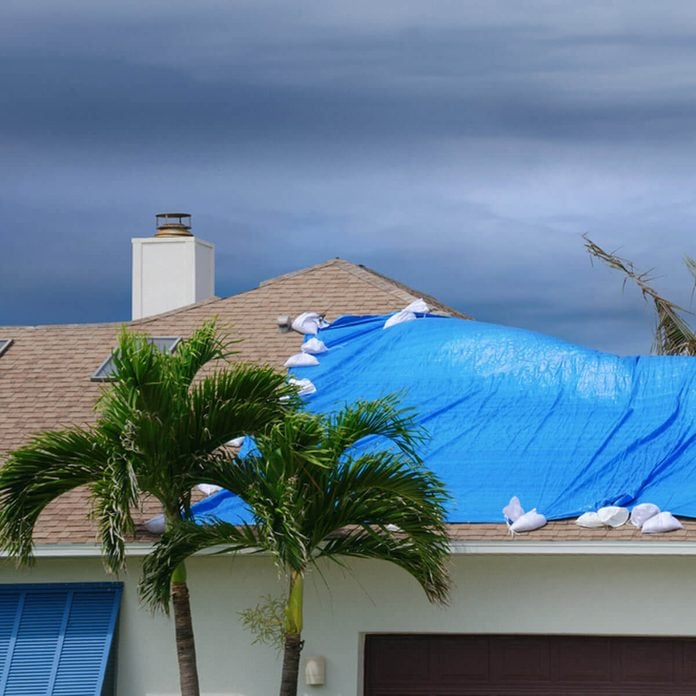
Emergency Repairs
Almost all municipalities allow for “stabilization” without a permit. If a tree limb punches a hole in your roof and you patch it with a piece of plywood and a tarp, no one is going to complain. However, once you’re ready to make the permanent repair, you almost always have to go through the regular permit procedure.
The good news is, many areas allow for expedited permits for emergency repairs, or even allow work to begin while the permit is still in process.
It’s good to remember the building department is run by human beings sympathetic to homeowners in a bad position. As long as you keep them apprised of the situation, you can almost always make the system work for you.
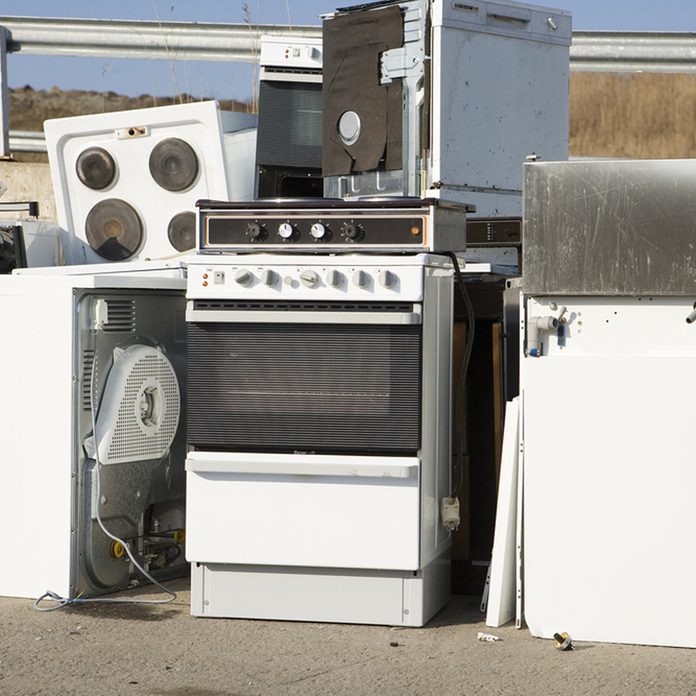
Gas Stoves
That you need a permit and a licensed plumber to work on gas lines shouldn’t be a surprise. After all, improperly installed or repaired gas lines pose a hazard not only to you and your family, but to the entire neighborhood. If you have any doubts, do an internet search for “gas line explosions” to see how sloppy work can go catastrophically wrong.
Some cities may even require a permit or licensed installer to hook a gas stove into an existing gas line. These municipalities represent the minority, but they tend to have one thing in common: A gas line explosion happened in their recent past. The fallout often includes a crackdown on anything that could potentially go wrong.
When buying a gas stove, ask the salesperson at the store about the requirements. Even if your location does not require a permit, if you’re uncomfortable working on gas lines, bring in a pro to take care of the installation.
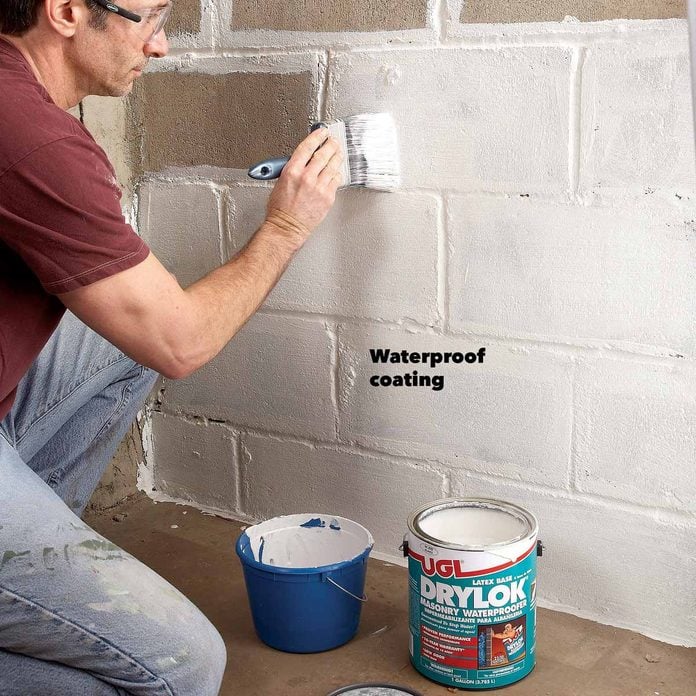
Basements
While a basement remodel is a great DIY project, particularly if it was originally unfinished, it still requires a permit. It’s especially important to adhere to code requirements about clearance around the electrical breaker box, furnace or other mechanicals.
Going through the permit process may cause some pain. But the city’s guidelines can save you a lot of headaches, like avoiding water penetration.

Decks
Let’s close out this list with one more exterior project: A deck. A simple ground-level deck is within the skill level of most DIYers, but you’ll probably still need a permit for the work.
Of course, easy accessibility for the inspector helps speed the process. The only crucial step before proceeding lies in any required footer inspections.